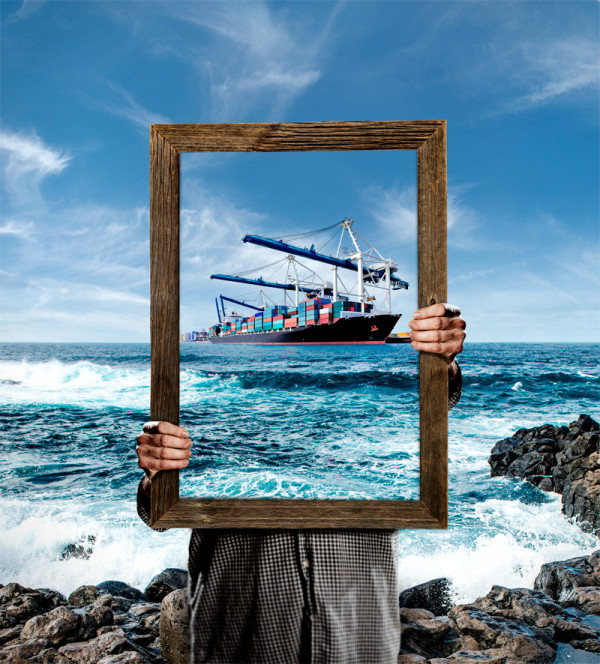Automotive
Namibia – The New Manufacturing, Testing and Export Platform for Automotive Companies Serving the Dynamic Southern African and International Markets
Located within Africa’s leading automotive region and situated on the Atlantic shore of southern Africa, Namibia has caught the eye of investors from the automotive industry and continues to attract attention. Automotive companies find optimal and cost-effective conditions to set up their operations, establishing Namibia not only as a top location for automotive testing, but also as a promising new manufacturing and export platform.
Regional network of OEMs and automotive suppliers
Namibia is integrated into the dynamic regional network consisting of about 20 OEMs and more than 360 automotive component suppliers and specialized service providers. A growing Namibian supplier base is producing metal parts and off-road equipment, exporting, for example, components to OEMs in Europe and meeting the strong demand of the regional off-road market.
Dedicated automotive park
Automotive companies can start their operations in Namibia without delay by leasing modern production facilities at, for instance, the !Nara Namib Industrial Estate. Located in Walvis Bay, the brand new estate is part of Namibia’s broad portfolio of production facilities available to the automotive sector and can be customized to fit specific production processes.
Optimal conditions for automotive testing
Namibia is becoming a preferred location for automotive testing in hot, dry and sunny conditions. Low population and traffic density combined with excellent infrastructure are allowing OEMs to accumulate mileage safely and quickly at low visibility.
For more information (Presentation), please click > here <
For more information (Fact Sheet), please click > here <






